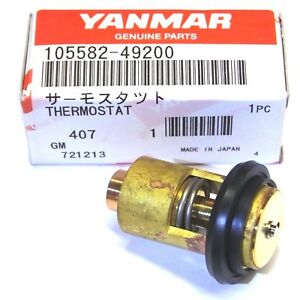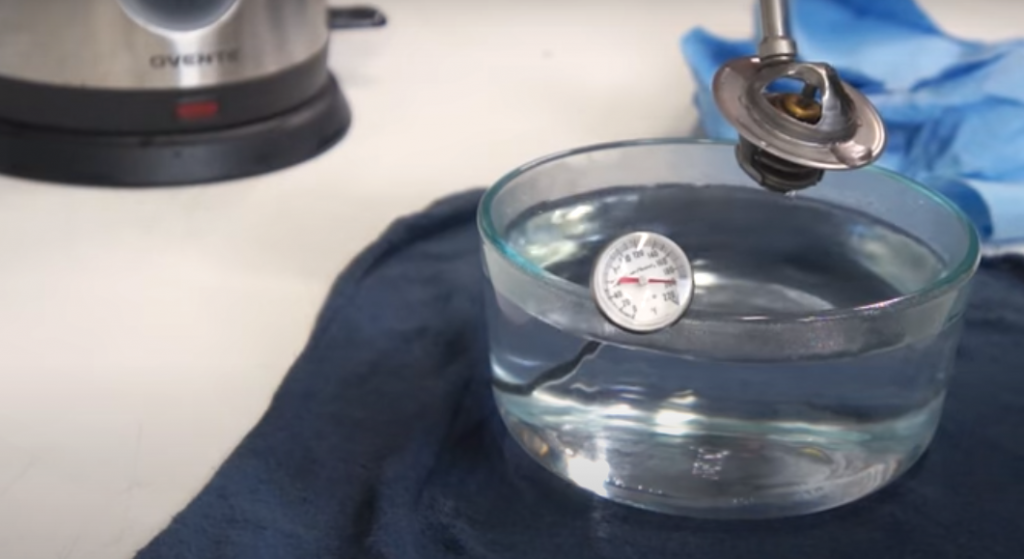
Why do Marine Diesel Engines have Thermostats?

Diesel engines run more efficiently and resist carbon depositing better when they are operating at their optimum running temperature. For marine diesels the optimum operating temperature is dependant on the cooling mechanism. Engines with direct sea water cooling must run a little cooler than indirect cooling engines as the salt affects the heat capacity of the water and some of the salts can begin to precipitate back out of the water as it heats up. This would cause salt deposits in your heating channels.
Typical running temperatures are;
- Around 60˚C or 160˚F for directly salt water cooled engines, or
- Around 80˚C or 180˚F for indirectly cooled engines.
The basic thermostat has two states, open or closed.
Thermostat Closed
Your thermostat is closed when it is cold. In this state, the engine block can warm up until it reaches its optimal operating temperature as quickly as possible. In an indirectly cooled engine, with the thermostat closed coolant circulates inside the block but does not pass through the heat exchanger, where it would be cooled. Raw water from the raw water pump bypasses the engine but still flows through the heat exchanger and exhaust elbow. The two circuits are separated by the thermostat allowing the engine to heat up.
In a direct cooled engine, the water by-passes the engine block but still flows to the mixing elbow in the exhaust elbow.
Thermostat Open
As the engine heats up, thermostats will open gradually allowing the cooling mechanism to begin to operate. If the thermostat fails to open, the engine will overheat, causing a temperature alarm to sound and risking engine seizure.
Testing your Thermostat
You should remove your thermostat and test it prior to launching your boat at the beginning of the season and immediately if you are getting overheating alarms or noticing unusual operating temperatures on your gauges. Watch the video below to see what a working thermostat does when it heats up. You might want to test your thermostat in a pan of hot water rather than using a blowtorch though. That way, you can check the exact temperature that it opens by placing a thermometer probe into the water.


Diesel School: Click to watch a video of a thermostat opening and closing

